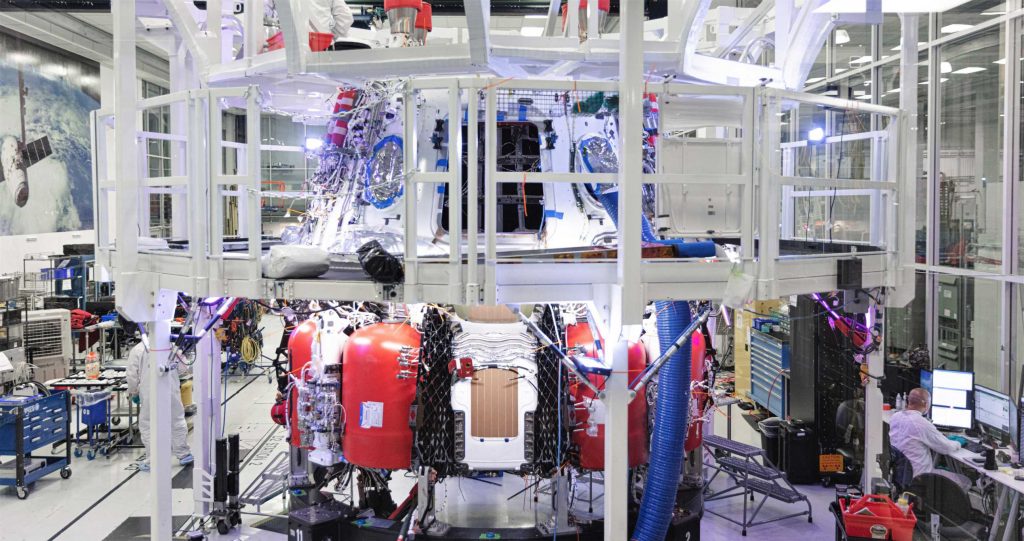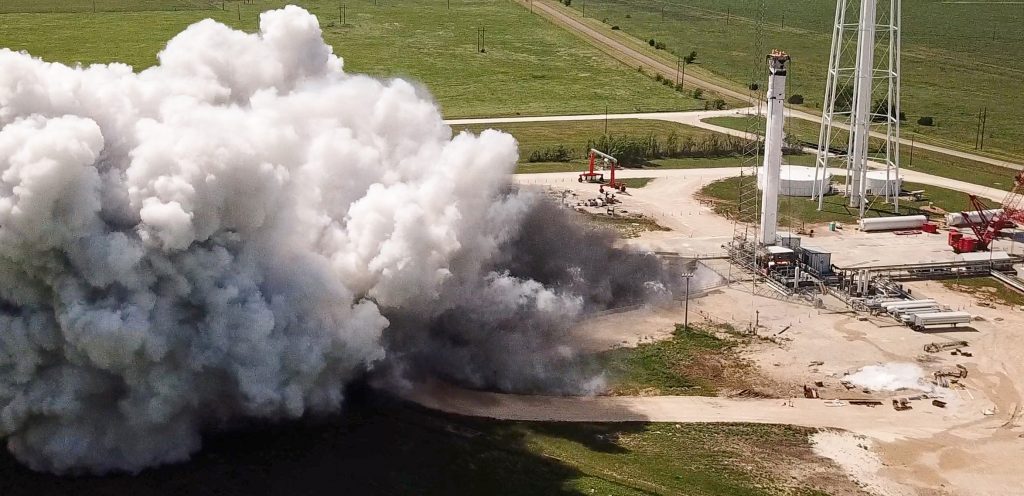10.06.2020
SpaceX appears to have won NASA’s approval to launch astronauts on reused Falcon 9 rockets and Crew Dragon spacecraft a matter of days after the company’s astronaut launch debut went off without a hitch.
Ever since SpaceX began landing and reusing orbital-class Falcon 9 boosters some 15 months after it won a NASA contract to develop Crew Dragon, the obvious possibility that the two groundbreaking technologies might one day meet has always floated just under the surface. Almost without fail, most joint NASA/SpaceX press conferences will receive a question or two about whether either party is thinking about or working towards astronaut launches on flight-proven spacecraft. Encouraged by the fact that partner Boeing’s separate Starliner spacecraft was sold to NASA with reusability in mind from the start, those questions continued up until (and after) the day SpaceX became the first private company in history to launch astronauts into orbit.
In a wholly unexpected turn of events, a modification to SpaceX’s ~$3.1 billion NASA Commercial Crew Program (CCP) contract was spotted on June 3rd. Without leaving much room for interpretation, the contract tweak states that SpaceX is now “[allowed to reuse] the Falcon 9 launch vehicle and Crew Dragon spacecraft beginning with” its second operational astronaut launch, known as Post Certification Mission-2 (PCM-2) or Crew-2. Given the spectacular, hiccup-free success of SpaceX’s inaugural astronaut launch and International Space Station (ISS) arrival just 3-4 days prior, it’s safe to say that NASA is extremely happy with the results of the mission.

Without a shred of doubt, SpaceX has worked tirelessly for years to earn enough of NASA’s technical trust to permit crewed launches on flight-proven hardware, a possibility that even the optimists in the crowd assumed was distant at best. It has almost always been an uphill battle for SpaceX – a fact made especially clear when framed beside partner Boeing. An inherently conservative organization, NASA has repeatedly given Boeing and its more traditional Starliner spacecraft and development approach the benefit of the doubt while frequently tearing into the nooks and crannies of SpaceX and Crew Dragon over half a decade of cooperation.
While functioning more like an anchor when SpaceX finds itself working with conservative, stubborn organizations like NASA and US military branches, the company’s wholly non-traditional style of development has secured technical success after technical success. Over the course of the second half of SpaceX’s 20-mission NASA Commercial Resupply Services 1 (CRS1) contract, the company has still managed to successfully launch dozens of tons of cargo to the space station with flight-proven spacecraft and boosters. From CRS-11 to CRS-20, five missions featured reused Falcon 9 boosters and all but one of those 10 flights featured once or even twice-flown Cargo Dragon spacecraft.

Cargo Dragon C113 bares its scorched heat shield after completing CRS-17 – its third orbital mission – and returning to port on June 4th, 2019. (Pauline Acalin)
In short, SpaceX has demonstrated more than a dozen times to NASA that it’s fully capable of building, launching, and reusing orbital-class rockets and spacecraft. Additionally, before an unrelated design flaw destroyed the spacecraft during post-recovery testing, SpaceX successfully launched, recovered, and refurbished Crew Dragon capsule C201 in March 2019, demonstrating its dramatically improved reusability. While suborbital, Crew Dragon C205’s January 2020 In-Flight Abort (IFA) test also likely helped demonstrate the new spacecraft’s reusability and gave NASA more experience with the reuse of Falcon 9 Block 5 rockets as B1046’s fourth launch.
Every step along the way, SpaceX has put its money where its mouth is and proven that it’s more than capable of doing what much larger, more traditional companies have only claimed to be capable of – and often months or even years before its competitors and for hundreds of millions to billions of dollars less. While it’s much more likely that NASA has yet to actually certify SpaceX’s Crew Dragon spacecraft and Falcon 9 boosters for flight-proven astronaut launches, the June 3rd contract modification – at a minimum – signifies the space agency’s expeditious intent to do so. What is unambiguous is the schedule it lays out: SpaceX could potentially launch astronauts on a flight-proven rocket and spacecraft as early as its second operational taxi mission to the ISS.


Known as PCM-2 or Crew-2, the mission is scheduled to follow Crew Dragon’s first operational astronaut launch – Crew-1 – by roughly six months. Contingent upon Crew Dragon Demo-2’s safe return of NASA astronauts Bob Behnken and Doug Hurley later this year, Crew-1 is tentatively scheduled to launch on August 30th, although it could potentially launch even sooner. If successful, Crew-2 should follow as soon as mid-2021 and could potentially reuse Crew-1’s Falcon 9 booster and the Demo-2 or Crew-1 Dragon capsule.
Quelle: TESLARATI
